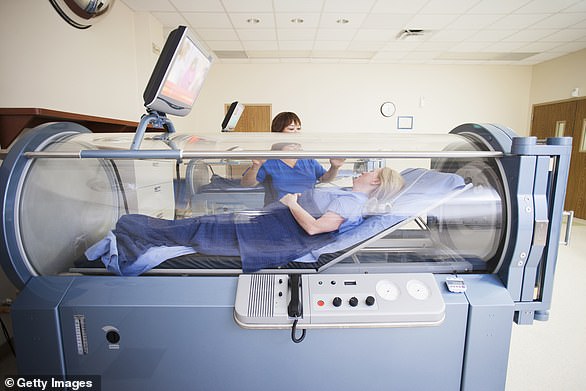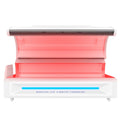Understanding Hyperbaric Oxygen Therapy (HBOT)
HBOT involves breathing pure oxygen in a pressurized chamber. This process increases the oxygen level in the blood, promoting healing and fighting infection. Before purchasing, ensure you have a solid understanding of the therapy's applications, benefits, and any regulatory requirements specific to your location.
Types of Hyperbaric Chambers for Clinical Use
Monoplace Chambers
- Single Occupancy: Designed for individual treatment, offering precise control over pressure and oxygen levels.
- Suitability: Ideal for clinics with personalized treatment plans or specific patient needs.
Multiplace Chambers
- Multiple Occupancies: Can treat several patients simultaneously, requiring a technician inside the chamber to monitor patients and adjust settings.
- Suitability: Best for larger facilities aiming to maximize treatment capacity and efficiency.
Key Features to Consider
1. Pressure Capability:
- Clinical Efficacy: Chambers typically operate up to 3.0 ATA, suitable for a wide range of medical conditions. Ensure the chamber's pressure capabilities align with the treatments you plan to offer.
- Emergency Systems: Essential for quick depressurization and patient safety. Look for chambers with built-in emergency shutdowns and communication systems.
- Certifications: Verify that the chamber meets all industry and safety standards, including FDA approval for medical devices, if applicable.
3. Size and Configuration:
- Space Requirements: Monoplace chambers require less space than multiplace chambers but consider your available space and the potential need for expansion.
- Patient Comfort and Accessibility: Choose chambers that accommodate patients comfortably, including those with mobility issues.
4. Oxygen Delivery System:
- Built-in vs. External: Some chambers come with integrated oxygen delivery systems, while others require external sources. Consider the operational costs and maintenance associated with each type.
5. Operational Efficiency:
- Energy Consumption: Look into the energy requirements of the chamber to ensure compatibility with your facility's capabilities and to estimate ongoing operational costs.
- Ease of Use: User-friendly interfaces and automated systems can reduce training time and operational complexity.
6. Durability and Maintenance:
- Construction Material: High-quality materials ensure longevity and reliability, reducing long-term maintenance costs.
- Service and Support: Consider the manufacturer's support and maintenance services to minimize downtime.

Budget and Financial Considerations
Initial Investment vs. ROI
- Analyze the cost-effectiveness of adding HBOT services, including the chamber's purchase price, installation, and operational expenses, against the potential revenue from offering HBOT treatments.
Financing Options
- Explore financing options provided by manufacturers or third-party financial services to manage the upfront costs of purchasing a chamber.
Manufacturer Reputation and After-Sales Support
Choosing a Reputable Manufacturer
- Research manufacturers thoroughly, focusing on product quality, reliability, and the level of after-sales support, including training, service, and warranty.
After-Sales Support
- Ensure comprehensive after-sales support, including installation, training for your staff, and timely maintenance and repair services.
Regulatory Compliance and Insurance
Compliance with Local Regulations
- Verify that the chamber and its operation comply with local healthcare regulations, including licensing and permits.
Insurance Coverage
- Ensure adequate insurance coverage for the chamber and HBOT treatments, protecting your facility against liability and ensuring patient safety.
Conclusion
Adding a hyperbaric chamber to your clinic or wellness center can significantly enhance your service offerings and patient outcomes. By considering the factors outlined in this guide, you can choose a hyperbaric chamber that best fits your clinical needs, budget, and patient care philosophy. Remember, the success of HBOT services not only relies on the quality of the chamber but also on the expertise and dedication of your staff to provide safe and effective treatments.




